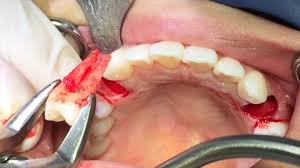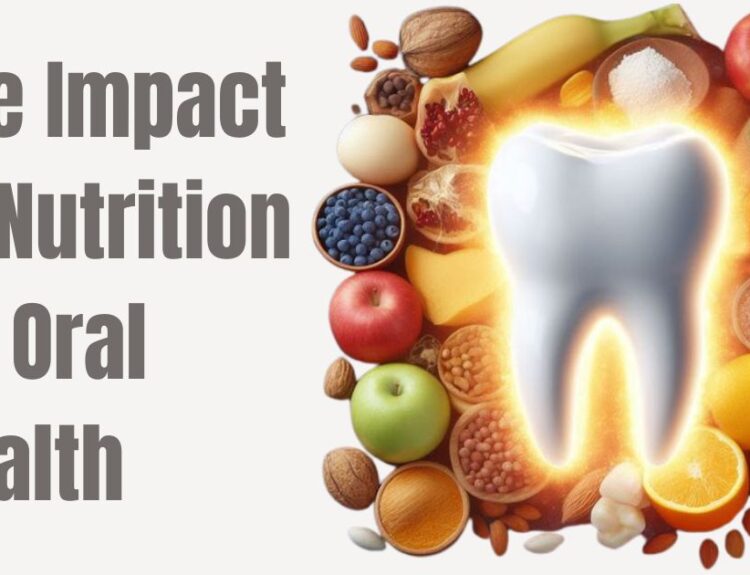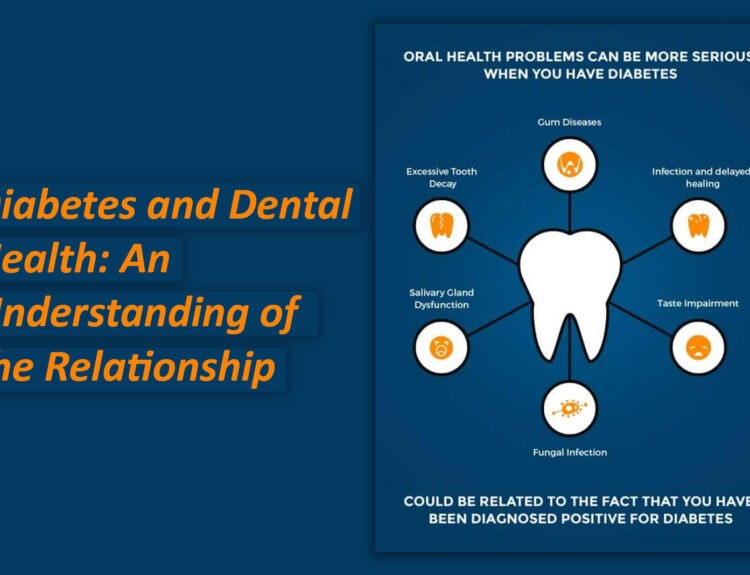Premolar extraction is a dental procedure in which one or more premolars (the teeth located between the canines and molars) are removed. There are usually the first or second premolars, found in both the upper and lower jaws. Some parents are aware of the concerns regarding premolar extractions and their potential impact on the airway, but awareness varies. There is ongoing debate, among dentists who treat crooked teeth (Orthodontists), about this issue. Several peer-reviewed research suggest the possible risks.
Research Findings:
Airway Narrowing:
- Studies indicate that pulling back front teeth, after premolar extraction, can reduce mouth space and potentially narrow the airway in susceptible individuals.
- A 2016 study in the Journal of Orthodontics found that retraction of front teeth decreased the airway dimensions in some patients.
- Research in The Angle Orthodontist (2020) also suggested that large-scale retraction could affect tongue posture and airway space.
Sleep Apnea Risk:
- Some studies suggest that excessive retraction may contribute to long-term breathing issues, including obstructive sleep apnea. The sleep apnea is sleep-related breathing disorder in which repetitive pauses in breathing, periods of shallow breathing, or collapse of the upper airway during sleep results in poor ventilation and sleep disruption. It occurs due to reduced oral volume and altered tongue position.
- A study in Sleep Medicine Reviews highlighted, that oral structures, including jaw width, plays a role in sleep apnea risk.
Counter-Evidence:
- Not all research agrees. Some studies argue that properly managed extraction cases do not harm the airway, especially when retraction is moderate and the tongue has adequate space.
- The American Association of Orthodontists maintains that premolar extractions, when indicated, are safe and effective for certain cases of crooked teeth.
Parents’ Apprehension
- Alternative Approaches: Some parents seek non-extraction treatments to avoid potential airway risks. They include palatal expansion and Myofunctional therapy.
- Long-Term Effects: Cases of patients reporting breathing difficulties or sleep issues post-extraction have intensified caution.
- Informed Consent: Critics argue that orthodontists should discuss risks more transparently before treatment.
What Parents Should do?
Individual Assessment: Not all extractions lead to airway issues—risk depends on facial growth pattern, retraction amount, and baseline airway health.
Consult Specialists: An orthodontist trained in airway-focused orthodontic can provide tailored advice.
Second Opinions: If concerned, parents can seek alternative opinions on expansion or distalization instead of extractions. Orthodontic distalization is a technique orthodontists employ to move molars backward in the Jaw to create space for other teeth.






